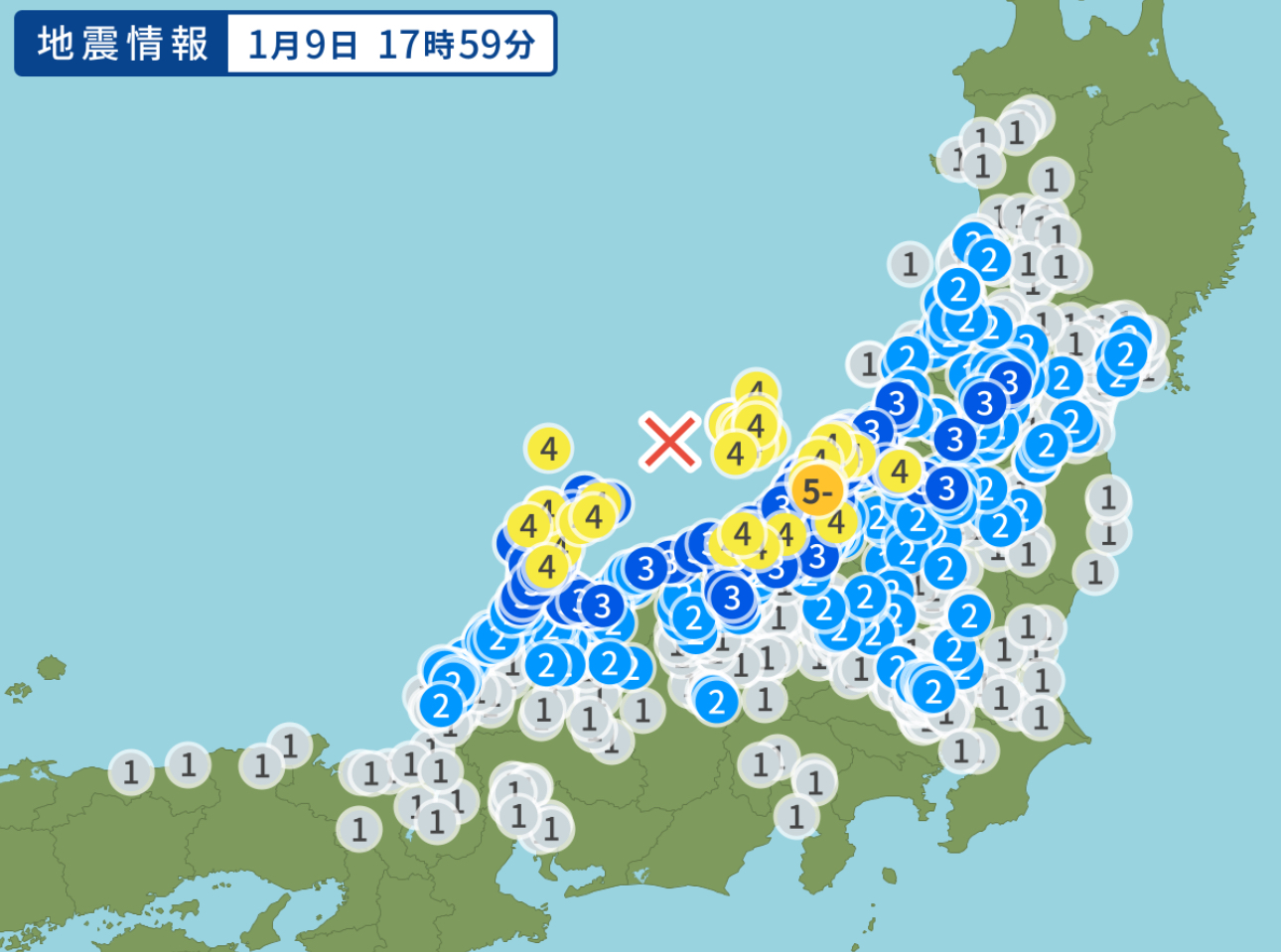
In these three photographs, you can witness a historical moment from the 1947 Nankai Trough earthquake, captured in a film produced by Naomi Nishimura, the then-governor of Kochi Prefecture in Japan.
The inscription in Japanese reads, “This film was produced to prepare for a disaster expected to occur about 100 years later. Governor of Kochi Prefecture, Naomi Nishimura 1974 March.”
I believe that Governor Nishimura was a person of remarkable foresight. His intention with this documentary film was likely to reduce the number of casualties in future Nankai Trough earthquakes. Essentially, it serves as a message to us in the present day.
His proactive approach to disaster preparedness and his commitment to educating future generations showcase a remarkable level of responsibility and foresight. This film not only serves as a crucial historical record but also as a timeless reminder of the importance of preparedness for natural disasters.

 #NankaiTroughEarthquake #DisasterPreparedness #HistoricalDocumentary #Foresight #Legacy #KochiPrefecture #GovernorNaoyoshiNishimura #EarthquakeAwareness #PublicSafety #CommunityResilience
#NankaiTroughEarthquake #DisasterPreparedness #HistoricalDocumentary #Foresight #Legacy #KochiPrefecture #GovernorNaoyoshiNishimura #EarthquakeAwareness #PublicSafety #CommunityResilience





 For those interested in experiencing Ban’s paper architecture firsthand, I recommend visiting his paper-based restaurant on Awaji Island. I think it could be a unique experience to understand the practicality and ingenuity behind this sustainable architectural approach.
For those interested in experiencing Ban’s paper architecture firsthand, I recommend visiting his paper-based restaurant on Awaji Island. I think it could be a unique experience to understand the practicality and ingenuity behind this sustainable architectural approach.